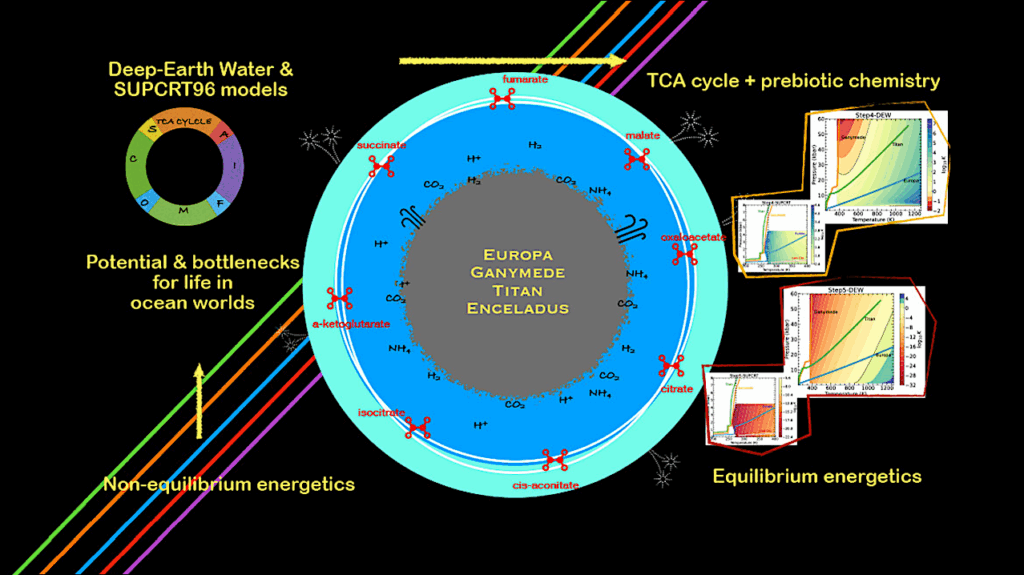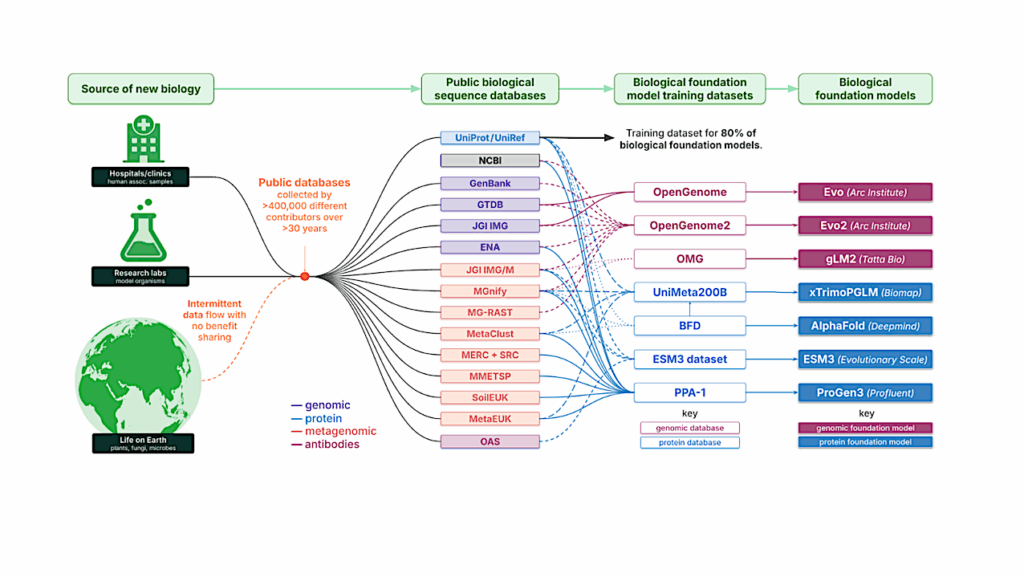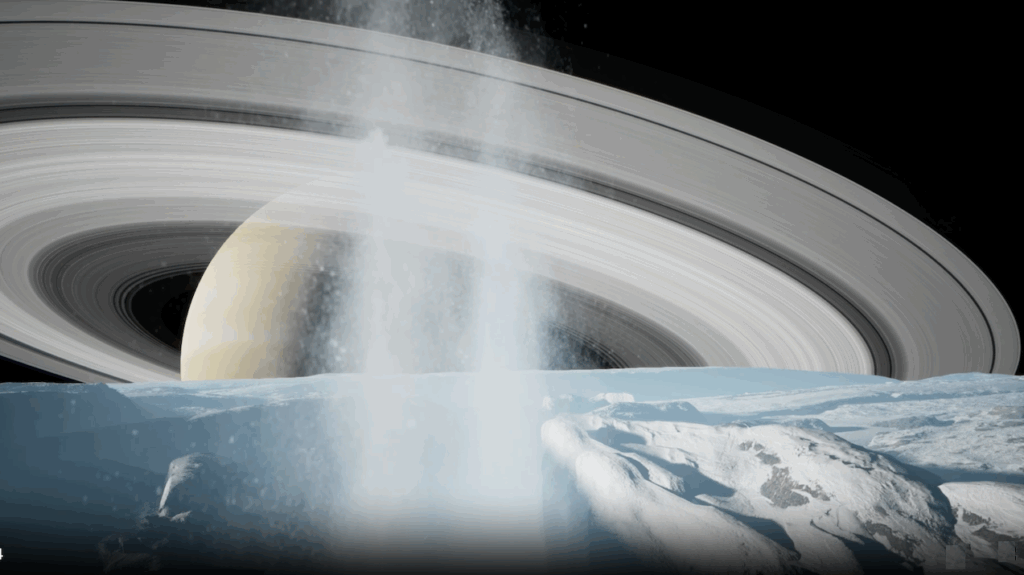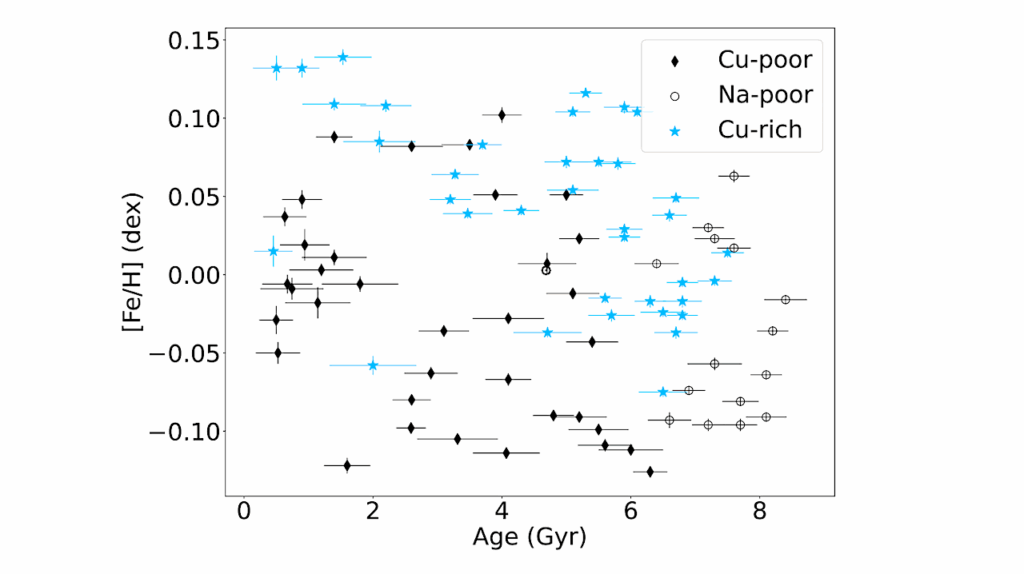A Statistical Method For Constraining the Capability of the Habitable Worlds Observatory to Understand Ozone Onset Time in Earth Analogs

The oxygenation of Earth’s atmosphere 2.3 billion years ago, which on exoplanets is expected to be most detectable via the UV ozone feature at ∼0.25 μm, is often regarded as a sign of the emergence of photosynthetic life.
On exoplanets, we may similarly expect life to oxygenate the atmosphere, but with a characteristic distribution of emergence times. In this paper, we test our ability to recover various “true” emergence time distributions as a function of 1) stellar age uncertainty and 2) number of Earth analogs in the sample.
The absolute uncertainties that we recover, for diverse underlying distributions, are mostly independent of the true underlying distribution parameters, and are more dependent on sample size than stellar age uncertainty.
For a sample size of 30 Earth analogs, and an HWO architecture sensitive to ozone at 1% of the current atmospheric level on Earth, we find that no ozone detections across the entire sample would place a 10σ limit on the mean time of ozone emergence, regardless of stellar age uncertainty.
Sarah Blunt, Eric L. Nielsen, Elisabeth R. Newton, Jessie Christiansen, Tansu Daylan, Courtney Dressing, Caleb K. Harada, Stephen R. Kane, Malena Rice, Romy Rodríguez Martínez, Sabina Sagynbayeva
Comments: 25 pages, 6 figures. Accepted to JATIS. So long, and thanks for all the fish!
Subjects: Earth and Planetary Astrophysics (astro-ph.EP); Instrumentation and Methods for Astrophysics (astro-ph.IM)
Cite as: arXiv:2507.06188 [astro-ph.EP] (or arXiv:2507.06188v1 [astro-ph.EP] for this version)
https://doi.org/10.48550/arXiv.2507.06188
Focus to learn more
Submission history
From: Sarah Blunt
[v1] Tue, 8 Jul 2025 17:14:48 UTC (735 KB)
https://arxiv.org/abs/2507.06188
Astrobiology








